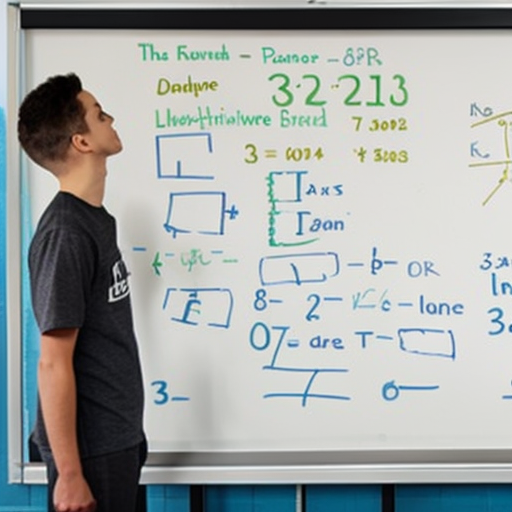Meiosis is a type of cell division used for sexual reproduction. It involves two rounds of cell division, meiosis I and meiosis II. The two rounds meiosis I and meiosis II work together to create genetically unique offspring. So, which of the following happens at the conclusion of meiosis I?
At the conclusion of meiosis I, two daughter cells have been created with half the number of chromosomes as the original parent cell. This is known as reductional division. After this reduction in the number of chromosomes, the two haploid daughter cells created at the conclusion of meiosis I have the same chromosome composition as the parent cell before meiosis I began. This occurs because meiosis I involves the separation of homologous chromosomes and the exchange of genetic information through crossing-over.
During meiosis I, the chromosomes are first replicated into two sets of homologous chromosomes. These homologous chromosomes then line up in pairs along the equatorial plane of the cell, forming a tetrad.
Then, a process known as crossing-over occurs. In this process, sections of the homologous chromosomes swap with each other so that each resulting daughter chromosome has a combination of the genetic information from each parent chromosome. This process of crossing-over creates new, genetically unique combinations of alleles.
At the conclusion of meiosis I, the homologous chromosomes have separated and each daughter cell has one chromosome from each homologous pair. Therefore, the two daughter cells have half the number of chromosomes as the original parent cell.
The reductional division at the end of meiosis I is essential for sexual reproduction and the creation of unique genetic combinations that can be passed on to the next generation.

